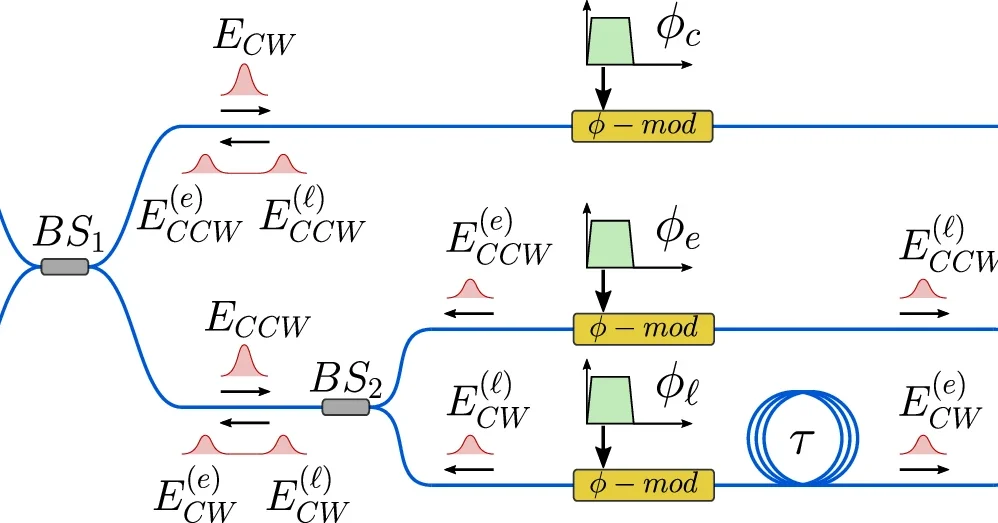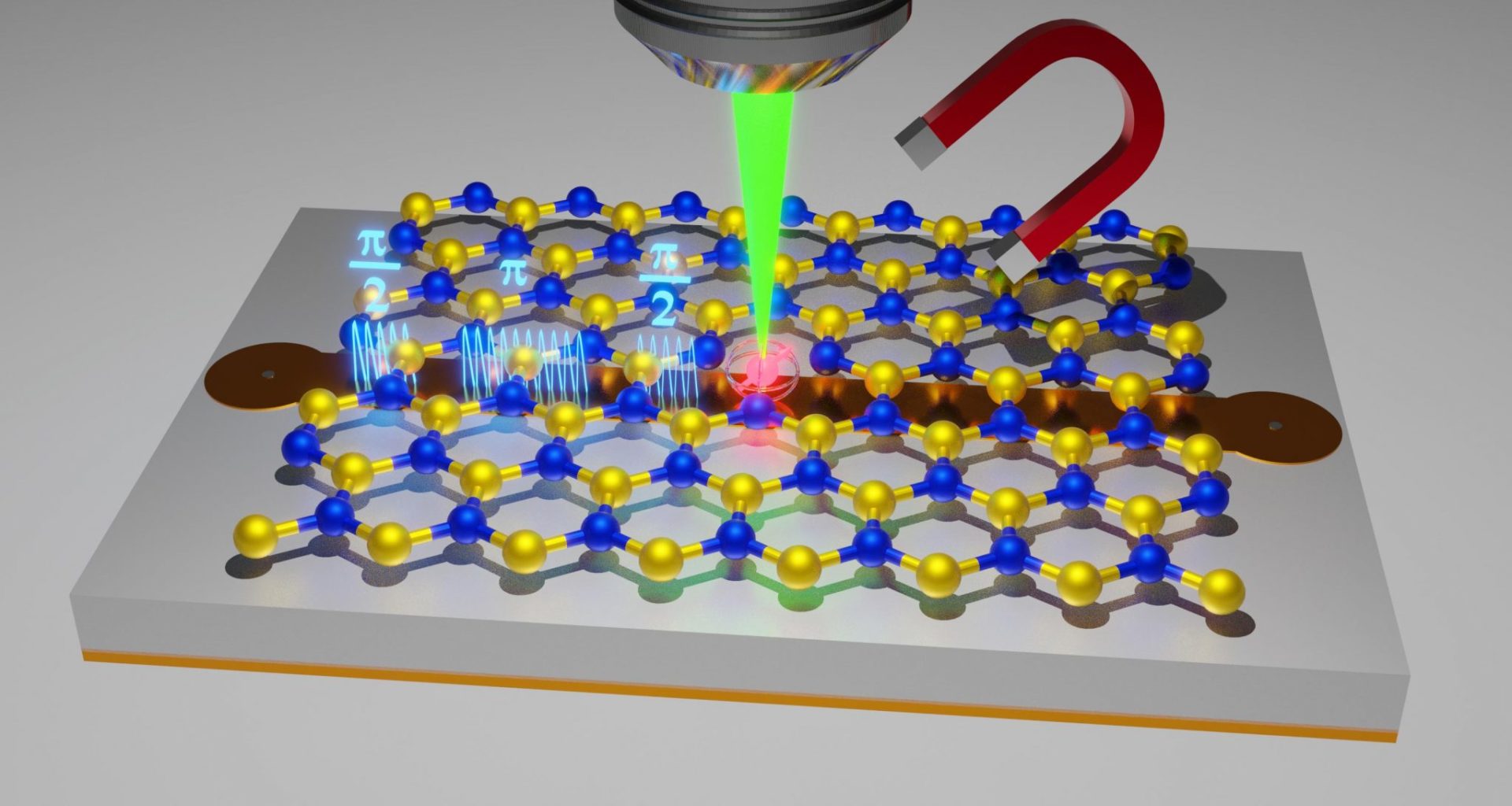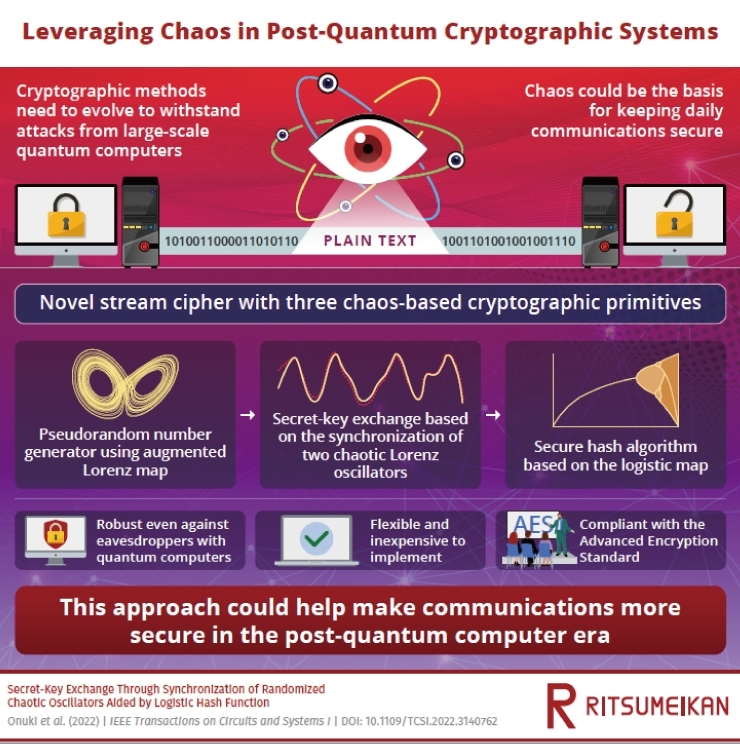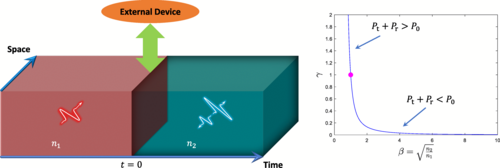A novel quantum key distribution encoder called MacZac combines Sagnac and Mach-Zehnder interferometers with a single phase modulator to achieve exceptionally low error rates and high stability in time-bin encoded quantum communications, while simplifying the optical setup and eliminating the need for active compensation.
Time-bin encoding is a robust method for implementing Quantum Key Distribution (QKD) on optical fiber channels, minimizing drift-induced errors. However, interferometric structures make achieving stable and low intrinsic Quantum Bit Error Rate (QBER) challenging. A key device for decoy-state QKD is the state encoder, which must produce low-error, stable states with varying photon mean values.
Scientists have introduced the MacZac (Mach-Zehnder-Sagnac), a time-bin encoder with ultra-low QBER (<2 × 10−5) and high stability. Based on nested Sagnac and Mach-Zehnder interferometers, it uses a single phase modulator for both decoy and state preparation, simplifying the optical setup. The encoder requires no active compensation and can generate states of arbitrary dimension.
The team experimentally tested it as a standalone component and in a QKD experiment. With its low QBER, stability, and simplicity, this device is a key building block for high-performance, low-cost QKD systems.
npj Quantum Information, Published online: 06 February 2025; doi:10.1038/s41534-024-00923-9




